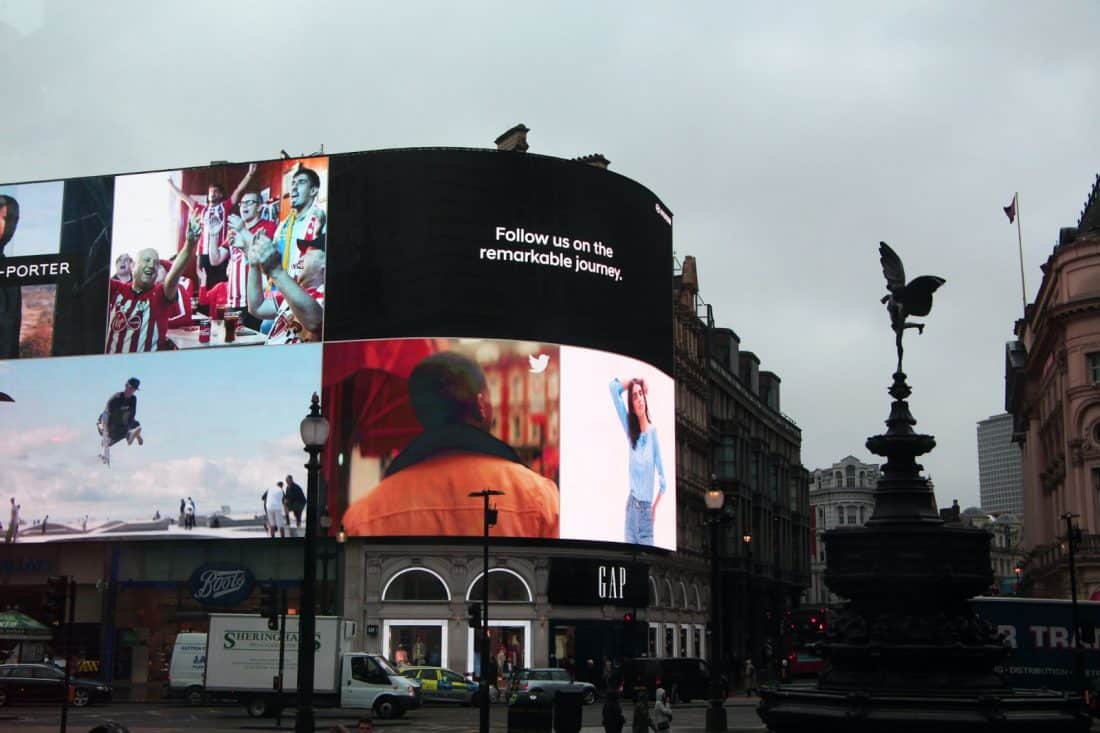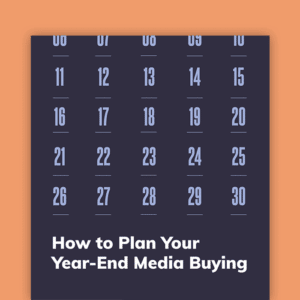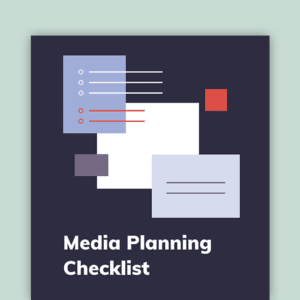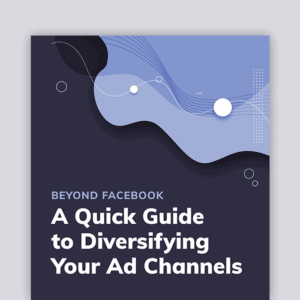
Nonprofit Advertising Best Practices
Launching a new advertising campaign can be daunting. Is my targeting right? Is my message good enough? Is all our tracking setup correctly?
Here are some best practices our media team uses when creating a new campaign, starting with goals and platforms all the way to tactical tips for executing your campaign.
Setting Goals for Nonprofit Ad Campaigns
Before starting any ad campaign, it’s important to have a clearly defined objective. Whether your goal is to drive traffic, acquire leads, get donations or even gain learnings, having a defined why for your campaign will help you plan for, and ultimately measure, success.
Selecting Ad Platforms for Nonprofits
Channel selection comes down to a few things: your goals, your audience, and your budget.
Knowing your goals will help you select the right platforms for your advertising. For example, if you would like to build awareness you might want to run a combination of Facebook and Programmatic Display ads. If your goal is conversions, Facebook and Search Ads might be a better fit.
When selecting platforms you really need to consider the questions listed above:
1. What is your objective? The objective will help determine what type of ads you will want to run which influences which platforms you use.
2. Who is your target audience(s)? Of course your audience is a huge factor of where you place your ads. You’ll want to select platforms where your audience tends to engage.
3. What is your budget and timeline? Your budget will determine how many platforms you can be on and which platforms to use. Some of the larger media partners have minimum advertising budgets starting at $10,000+.
4. What resources do you have available for creative? If you have access to several creative resources where you can design various ads specs and maybe even video, this also will influence where you want to advertise.
Let’s dive a little deeper into your target audience and budget. If your donors tend to be older, Facebook is a great option, whereas if you have a younger donor set, Instagram could be a better fit.
Search is a platform that could potentially reach various audiences since it’s solely on their search terms. Understanding the demographics of each platform will take a bit of research.
If you have a small budget, using social media platforms and search is a great place to start. These platforms do not require any type of minimum spend—and are great at driving an ROI on direct response fundraising campaigns.
For larger budgets, you can expand into display and programmatic partners. Display campaigns on platforms like Google don’t have a budget minimum but don’t always have the same ROI as social media or search. If you use a programmatic advertising platform like Sharethrough, you’ll have an advertising minimum.
In any scenario, what you want to avoid is spreading your budget too thin and not giving the channels enough data to use for making optimizations.
If you know who your target audience is, it will also help you determine which platforms are best for you. Researching which social platforms your audience uses and what types of content they consume can make a huge difference. If you’re not sure where your audience is, that’s ok, too. You can test a couple of different tactics to see which one works best.
Generally speaking, the larger your budget the more platforms you can run ads on. If your monthly budget is under $10,000, you will probably want to stick with just a couple. It can be tempting to want to try everything at once, but oftentimes spreading yourself too thin will lead to worse performance across the board.
Budget for ad creation is also a consideration. Video ads are great, but they take more time and budget to produce than images.
Ad Targeting for Nonprofits
When it Comes to Social Audiences, Bigger is Often Better
It can be tempting to want to really narrow down your targeting on Facebook to get super granular but proceed with caution. The more granular you get, the higher your costs will be. Larger interest-based audiences, lookalike lists, and even very broad audiences with no targeting (seriously!) often do better than hyper-targeted audiences on Facebook. Their algorithm is that good. *Disclaimer: this may change as privacy controls get stricter.
Retargeting is the exception. While you don’t want your list to be too small, a few thousand people may be OK as long as your budget for retargeting is not so high that frequency goes wild. Since this audience is familiar with you, they are more likely to convert so you can usually afford to pay a little more for their impressions.
On Search, Get More Granular
Search and social are very different when it comes to targeting strategy. On search, the goal is to reach people at their moment of consideration with a highly relevant message. This means your keywords and ads need to be relevant to their search as well as to your website. Search ads are where your campaign goals meet your website content. If you’re aiming to fundraise, for example, using keywords like “donate” and having landing pages that speak to the specific issue area for which you’re trying to fundraise can be extremely helpful.
Use phrase and exact match in addition to broad match, too (if you’re using broad match at all). Broad match can broaden your reach, but it also leads to a lot of really irrelevant and low-quality traffic.
There Are Many Options for Display Ads – Do Your Research!
If you have the budget for them, display ads are a great way to build awareness and even drive leads or donations. Buying display ads is a bit more complicated than Search or Social as there are so many targeting tactics. We recommend conducting some research to see which vendors fit your needs and then reaching out to a couple of them to see which ones offer the best targeting and placements and the most efficient costs.
For a small retargeting campaign, Google Display Network might be a fit. However, if you’re interested in a larger campaign or more premium placements, we suggest exploring programmatic display partners. Many offer self-serve options for lower spend levels or managed services for higher budgets.
Buying Audio, Video, and Traditional Media
If your primary goal is awareness, audio and video ads could very easily be part of your strategy. YouTube and Spotify both offer easy solutions to ad buying. YouTube ads can be targeted broadly for wide reach, or narrowly if scale isn’t a concern and you really want to hone in on your audience. Spotify’s targeting is less robust and based more on demographics and interests. If you want to reach an even broader audience, there are a number of programmatic solutions for buying audio and video ads similar to Display.
Depending on your campaign objectives you may also consider solutions that fall into the “traditional” media bucket – out-of-home, print, and traditional TV. Like Display, there are many options for these types of advertising solutions. We suggest doing research and determining which partners will be the best equipped to help you reach your goals.
_________________________________________________________________________________________
Media Cause is a full-service nonprofit marketing agency, ready to help with all aspects of your paid media campaigns. Contact a member of our team to learn more, and check out a few of our FREE resources below.
To approach media buying in a way that helps your overall marketing efforts and drives fundraising revenue, we’ve outlined a quick overview to help your organization. Download here.
While developing your media plan, it’s critical to hit key steps along your journey. Make sure your campaign checks all the boxes. Download the checklist here.
This guide will help you explore options to add to your media mix. It includes vendor-specific recommendations beyond a social and search approach, including video, display, and other paid media solutions. Download the guide here.


